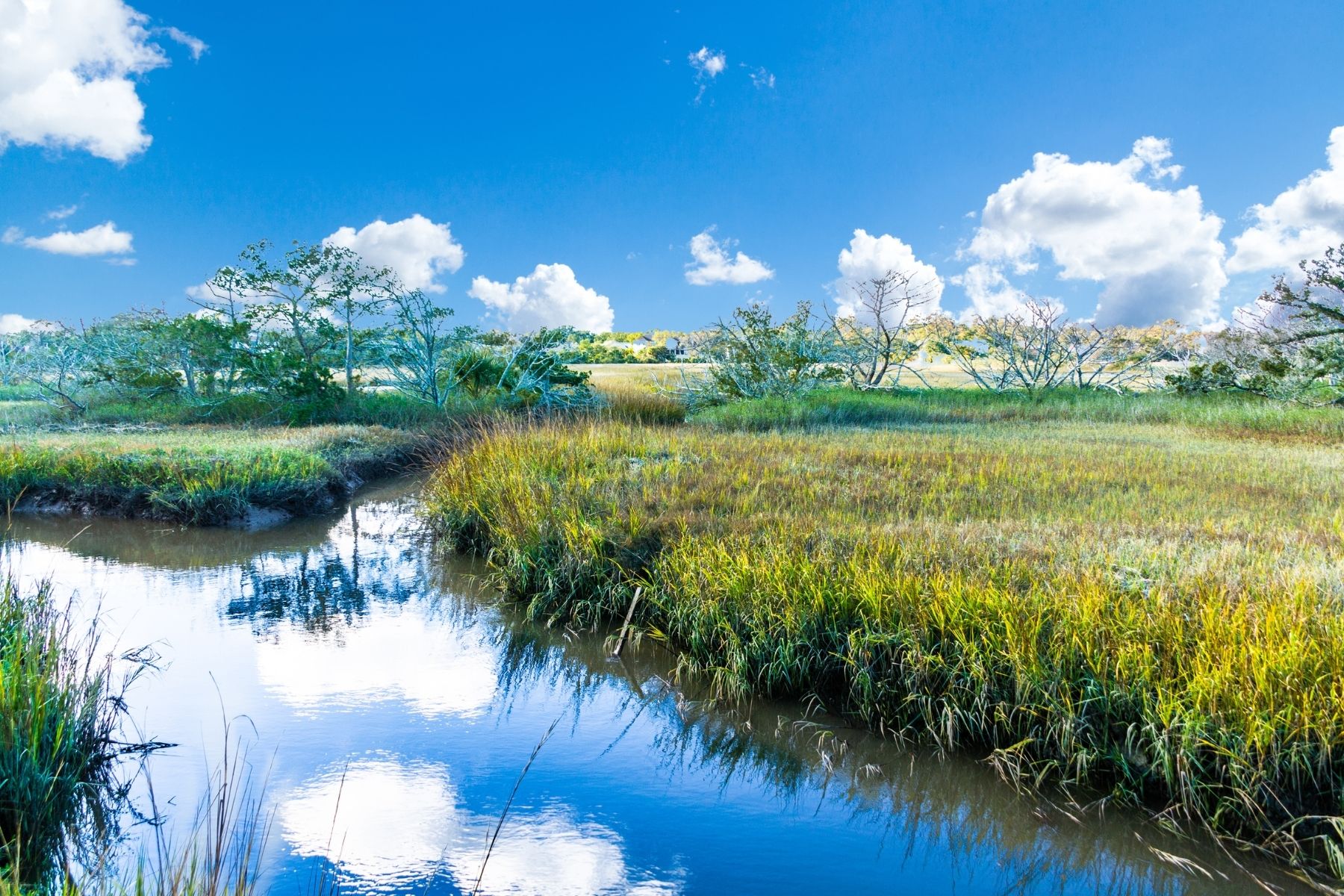
This winter the Environmental Protection Agency (EPA) is holding a series of listening sessions about how it can it can strengthen protections for streams, wetlands, and sources of drinking water. Here's what I told EPA in January.
Hello, I’m Jennifer Peters, National Water Programs Director at Clean Water Action.
On behalf of Clean Water Action’s members around the country, I urge EPA and the Corps (the Agencies) to swiftly restore longstanding Clean Water Act protections. Now that federal courts have invalidated the 2020 “Navigable Waters Protection Rule,” the Agencies should quickly finalize the current proposal and then act promptly to develop a broader, more protective “waters of the U.S.” definition. We agree with the Agencies’ recent conclusion “that the [2020] rule is significantly reducing water quality protections” and urge you to develop a second rule that is grounded in science and consistent with the Act’s objective of “restoring and maintaining the chemical, physical and biological integrity of the nation’s waters.”
I live in Colorado, the Headwaters State, which is home to many headwater, intermittent, and ephemeral streams.These impermanently flowing streams provide the same ecological and hydrological benefits as perennial streams by moving water, nutrients, and sediment through watersheds. When healthy, plant and wildlife abundance and diversity in and near these streams is proportionally higher than in the surrounding uplands. The protection of these streams is critical to maintaining overall watershed health and water quality throughout Colorado and in states downstream. Colorado’s streams also feed the drinking water sources for millions of people in over a dozen states and need to be safeguarded.
Colorado is also rich and diverse in non-floodplain, groundwater dependent wetlands, including Rocky Mountain fens. These fens act like sponges by absorbing snow runoff, then slowly releasing it downstream, thus reducing flood impacts, and sustaining base flows in perennial streams and rivers that are used as drinking water sources and are also important for wildlife, agriculture, and recreation. Fens also store carbon which makes them especially vital to protect in the face of climate change. Yet without stronger Clean Water Act protections, fens are at risk, and I urge the Agencies to finalize a robust rule that safeguards these irreplaceable wetlands.
The Agencies’ current proposal is a step in the right direction, but they must do more. Water quality in the Colorado, the Mississippi, the Delaware and in all of our nation’s majestic rivers is directly affected by the water quality of the streams that flow into them and by the condition of the wetlands that buffer them. When small streams are polluted or wetlands are destroyed it threatens the health and livelihood of people and the environment. Please finalize this commonsense proposal and move urgently to restore Clean Water Act protections to all streams and wetlands. Thank you for the opportunity to comment.
You can tell EPA to enact the strongest protections possible by clicking the button below.



